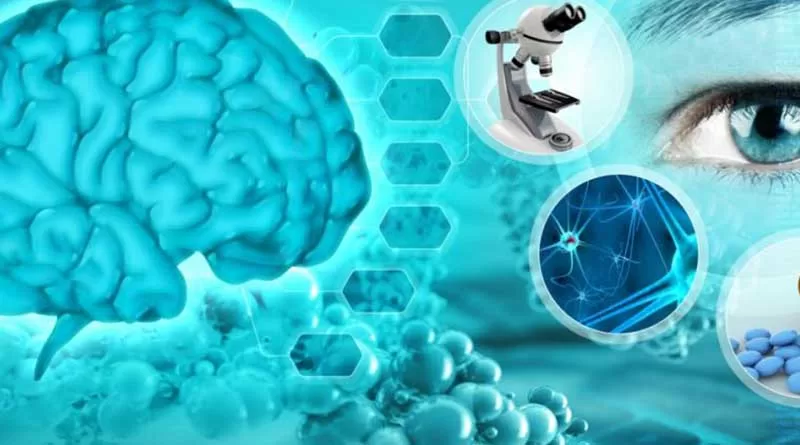The neuroscience is the study of how developed nervous system, its structure and what it does. Neuroscientists focus on the brain and its impact on behavior and cognitive functions (of thinking). But they also investigate what happens to the nervous system when people have neurological, psychiatric or neurodevelopmental disorders.
Neuroscience has traditionally been classified as a subdivision of biology. But in reality, it is an interdisciplinary science closely related to other disciplines. Such as mathematics, linguistics, engineering, computer science, chemistry, philosophy, psychology. or medicine.
Neuroscientists study the cellular, functional, evolutionary, computational, molecular, cellular and medical aspects of the nervous system.
A little history
The ancient Egyptians thought that the seat of intelligence was in the heart. Due to this belief, during the process of mummification, they eliminated the brain and left the heart. The first writings on the brain date from the year 1700 BC. Specifically the word ‘ brain ‘ is mentioned eight times in the Papyrus Edwin Smith, in relation to the symptoms, diagnosis and probable results of two people who had head injuries.
From the 1950s onwards, the scientific study of the nervous system experienced enormous advances. Mainly due to progress in other related fields. Such as computational neuroscience, electrophysiology and molecular biology. The neuroscientists could study the structure, functions, development, anomalies and ways in which the nervous system could be altered.
Branches of neuroscience
- Affective neuroscience : in most cases, the research is carried out in laboratory animals and analyzes how neurons behave in relation to emotions.
- Neuroscience of behavior : study of the biological basis of behavior.
- Cell Neuroscience: the study of neurons, including their shape and physiological properties at the cellular level.
- Clinical Neuroscience : examines disorders of the nervous system (psychiatry, for example, analyzes disorders of the mind).
- Cognitive neuroscience : the study of the higher cognitive functions that exist in humans and their underlying neuronal base.
- Computational neuroscience : computers are used to simulate and model brain functions, and apply techniques of mathematics, physics and other similar fields to study brain function.
- Cultural Neuroscience : examines how beliefs, practices and cultural values shape and shape the brain, minds and genes in different periods.
- Neuroscience of development : analyzes how the nervous system develops on a cellular basis; what underlying mechanisms exist in neuronal development.
- Molecular neuroscience : is the study of the role of individual molecules in the nervous system.
- Neuroengineering : uses engineering techniques to understand, replace, repair or improve neural systems.
- Neuroimaging : a branch of medical images that focuses on the brain. The neuroimaging is used to diagnose diseases and evaluate the health of the brain, as well as for the study of it.
- Neuroinformatics : integrates data in all areas of neuroscience, to help understand the brain and treat diseases. Neuroinformatics involves acquiring data, sharing, publishing and storing information, analysis, modeling and simulation.
- Neurolinguistics : studies what neuronal mechanisms in the brain control the acquisition, understanding and utterance of language.
- Neurophysiology : it analyzes the relation of the brain and its functions, and the sum of the parts of the body and how they interrelate.
- Paleoneurology : is the study of fossilized brains.
- Social Neuroscience: an interdisciplinary field dedicated to understanding how biological systems implement processes and social behavior. Through concepts and social data refines the theories of social behavior.
- Neuroscience of systems : it follows the channels of the flow of data within the CNS (central nervous system) and tries to define the types of processing that are carried out there. Use that information to explain behavioral functions.













